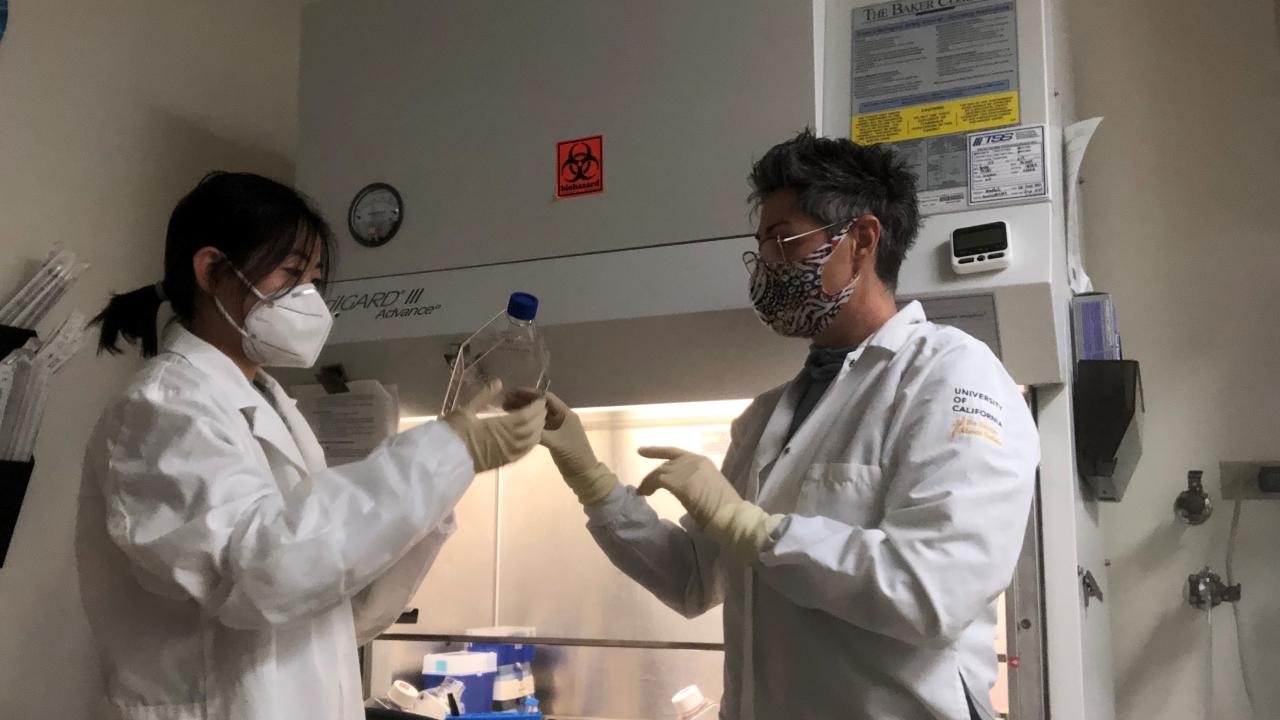
Engineered Tissue May Heal Injured Joints
Dogs with joint injuries may be helped in the future thanks to a CCAH-funded study to engineer new tissue. A team of researchers and orthopedic surgeons, led by Dr. Natalia Vapniarsky, has developed a strategy to create new cartilage from cells derived from the patient’s injured tissue.
Osteochondritis dissecans (OCD) is a joint disease that causes pain and inflammation due to cartilage detachment. Surgical removal of the damaged cartilage is necessary and provides temporary pain relief, but dogs may never regain normal joint function due to the persistence of a cartilage defect and associated osteoarthritis.
The team found that OCD chondrocytes (cells taken from the injured, discarded cartilage) can be cultured and engineered into viable tissue comparable to native cartilage. While not at this stage yet, the manufactured tissue may one day be transplanted back into the patient to restore normal function of the affected joint.
Using OCD chondrocytes surgically removed from three injured dogs, the team successfully engineered new canine cartilage tissue in approximately two months. The cell growth was so efficient that a 3mm in diameter surgical fragment yielded enough cartilage constructs to completely cover the articular surface of six shoulder joints.
The research team tested the strength of constructs created from OCD chondrocytes to those of healthy articular cartilage (HAC). They went a step further to recreate constructs from HAC chondrocytes taken from the legs of dogs who had an amputation for other diseases or injuries to see if growing cartilage from diseased OCD cells made them inferior to those derived from normal cartilage cells. The research found them to be comparable, and in some cases the OCD-derived cartilage even outperformed the HAC chondrocytes in tests.
“I think in the future, we will be able to offer some solutions for older dogs with degenerative joint disease such as replacement of parts or entire joint components using engineered tissue,” Vapniarsky said.
Originally published in the Spring 2022 issue of CCAH Update.
